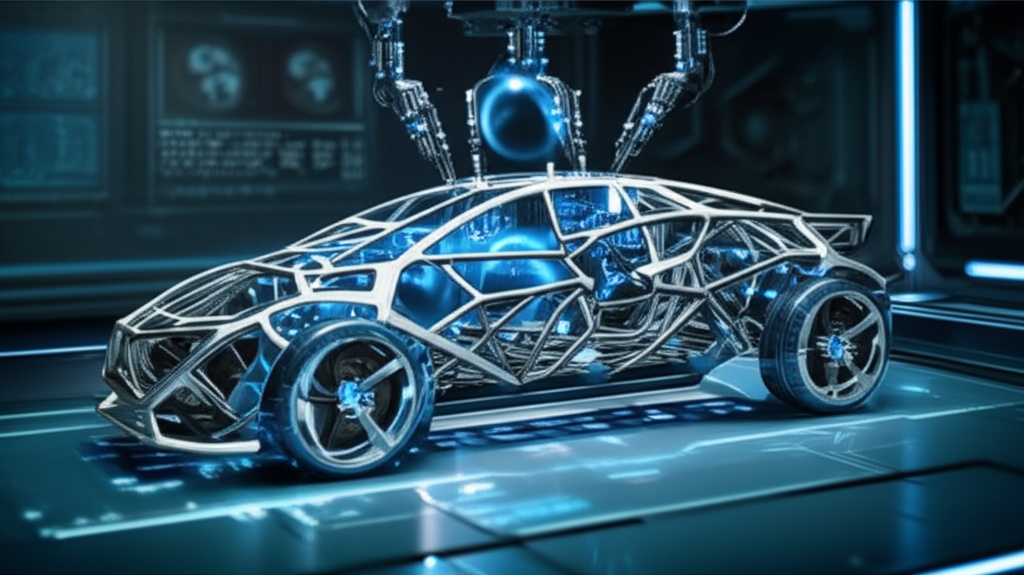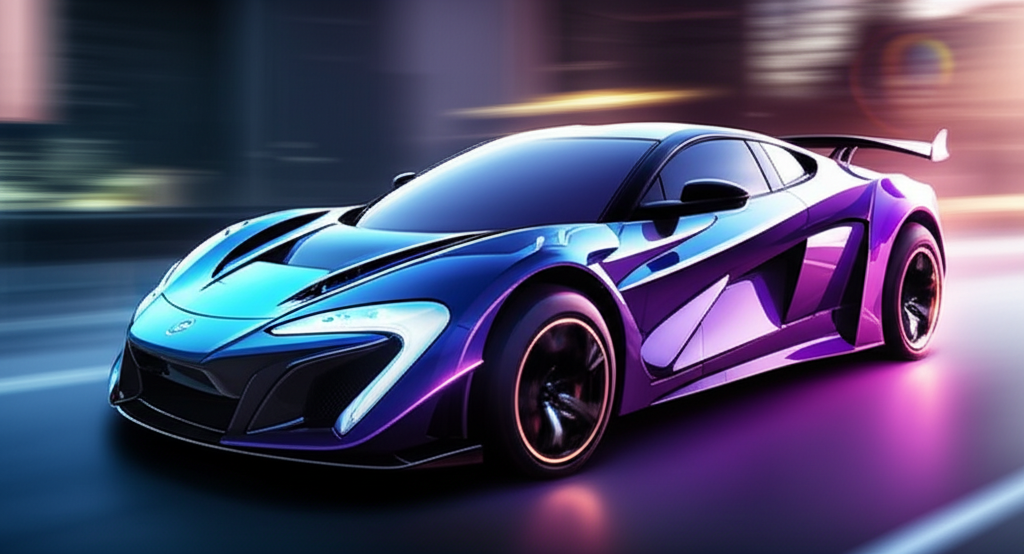Nano Swarm Vehicles: Self-Assembling Transportation Clouds
Revolutionary nanotechnology creates vehicles from billions of coordinated nanobots that can form any transportation configuration and adapt in real-time to changing conditions.

The future of transportation has arrived in the form of billions of microscopic robots working in perfect harmony. Nano swarm vehicles represent the ultimate evolution of adaptive transportation, where countless nanobots coordinate to create vehicles that can transform, repair, and optimize themselves in real-time.
Each nanobot in the swarm is a complete robotic system smaller than a human cell, equipped with sensors, processors, communication systems, and manipulation capabilities. These microscopic machines can link together through electromagnetic forces and molecular bonds to create macroscopic structures with incredible strength and flexibility.
The breakthrough came through advances in molecular manufacturing and swarm intelligence algorithms that allow billions of nanobots to coordinate their actions without central control. Each nanobot follows simple rules, but their collective behavior creates complex, intelligent transportation systems that adapt to any situation.
Vehicle formation occurs through self-assembly processes where nanobots automatically organize into optimal configurations based on transportation requirements. A swarm can form a compact city car for urban driving, then instantly reconfigure into a high-speed aircraft for long-distance travel, all while passengers remain comfortably seated.
The nanobots continuously monitor vehicle performance and environmental conditions, making real-time adjustments to optimize efficiency and safety. If damage occurs, nearby nanobots immediately move to repair the affected area, while the rest of the swarm compensates for any temporary structural weaknesses.
Propulsion systems emerge from coordinated nanobot actions, with millions of microscopic robots working together to generate thrust through various mechanisms. Some nanobots create electromagnetic fields for levitation, while others generate directed energy beams or manipulate air molecules for propulsion.
The swarm intelligence enables unprecedented problem-solving capabilities as the vehicle can literally think its way through challenges. Traffic obstacles trigger automatic reconfiguration, while mechanical problems are solved through collective nanobot intelligence that exceeds any conventional computer system.
Energy distribution throughout the swarm occurs through nanobot-to-nanobot power sharing, creating a completely distributed energy system with no single points of failure. Solar collection, kinetic energy harvesting, and even ambient electromagnetic energy can be captured by specialized nanobots and shared throughout the entire swarm.
Passenger interaction with nano swarm vehicles occurs through direct interface with the swarm intelligence. Passengers can communicate their needs and preferences, and the vehicle responds by physically adapting its configuration, comfort systems, and even entertainment features through nanobot reconfiguration.
Manufacturing becomes obsolete as nano swarm vehicles can create any needed component from their existing nanobots. Tools, spare parts, and even temporary structures can be formed on demand, making these vehicles completely self-sufficient for extended operations in any environment.
The environmental impact approaches zero as nanobots can be programmed to consume pollutants and convert them into useful materials. The swarm can actually clean the environment as it travels, removing toxins from air and water while generating the materials needed for vehicle operation.
Safety systems include distributed redundancy where the loss of millions of nanobots has no impact on vehicle operation. Emergency protocols can instantly reconfigure the swarm to protect passengers, while backup swarms can be deployed if primary systems are compromised.
Maintenance involves simply adding new nanobots to replace any that are lost or damaged over time. The swarm automatically integrates new nanobots and trains them in current operational procedures, ensuring continuous improvement and adaptation of vehicle capabilities.
The implications for human civilization are staggering as nano swarm vehicles could eliminate the need for traditional manufacturing, repair services, and even permanent infrastructure. Every transportation need could be met by reconfigurable swarm systems that adapt to any requirement.
Future developments include swarms that can merge and separate at will, creating temporary mega-vehicles for special purposes, and even swarms that can exist in multiple locations simultaneously, enabling new forms of distributed transportation and logistics.
Related Articles

Molecular Assembler Vehicles: Building Transportation Atom by Atom
Advanced molecular assembly technology creates vehicles by precisely positioning individual atoms, enabling perfect materials and impossible designs.

Metamorphic Vehicles: The Art of Infinite Transformation
Advanced nanotechnology enables vehicles that can completely reshape their form and function, adapting to any transportation need through programmable matter and molecular engineering.

Phoenix Resurrection Vehicles: Self-Rebuilding Transportation
Revolutionary nanotechnology creates vehicles that can completely reconstruct themselves from any level of destruction, achieving true immortality through continuous regeneration.